7 Tips to Know About Top Things to Know Before Buying Tropical House Plants
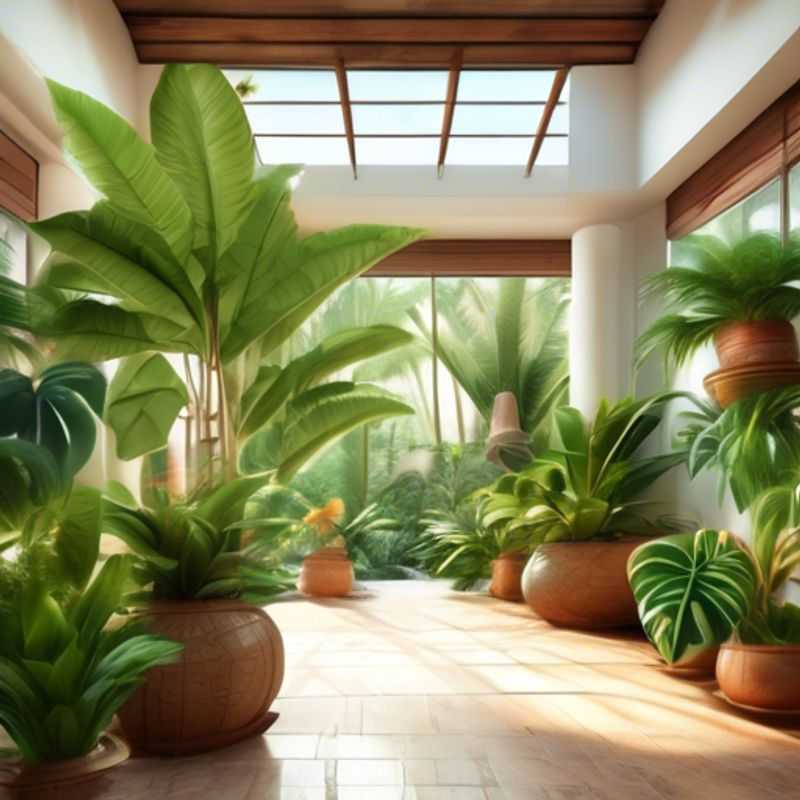
7 Tips for Tropical Houseplant Success: From Research to Repotting
Bringing the tropics into your home with houseplants is a wonderful way to add life, color, and a touch of the exotic. But before you rush out and buy the first lush, leafy beauty that catches your eye, there are a few key things to consider. I approach plant care with a similar mindset to designing a system - it's all about understanding the inputs and outputs, and optimizing for the best results. Here are 7 essential tips to guide your tropical houseplant journey:
1. Research, Research, Research: Just like any engineering project, understanding your materials is critical. Before bringing home a tropical plant, research its specific needs.

Unlocking Tropical Plant Happiness: Researching Their Specific Needs
Tropical houseplants add a touch of vibrant life to your home. However, understanding their specific needs is crucial for their thriving. Researching their requirements, a key step in their care, helps ensure their long-term health and beauty.
Firstly, lighting is a fundamental factor. Tropical plants typically thrive in bright, indirect light, avoiding direct sunlight that can burn their leaves. Identifying the specific light needs of each plant is essential.
Secondly, moisture plays a vital role. These plants typically prefer moist soil, but overwatering can be detrimental. You can ensure adequate moisture while preventing root rot by checking the soil's dryness and watering only when needed.
Thirdly, temperature and humidity are crucial. Tropical plants generally prefer warm, humid environments. Pay attention to the ideal temperature range and humidity levels. You might consider placing them near a humidifier or grouping them together to create a microclimate.
Lastly, nutrients are essential for their growth. Using a balanced fertilizer, specifically formulated for tropical plants, can help provide the necessary nutrients.
Remember: Researching your chosen plant’s individual needs is paramount. This includes understanding their origin, preferred growing conditions, and any unique requirements. You may need to invest in a humidity meter, soil moisture sensor, or other specialized tools to ensure their well-being.
While research requires time and effort, it’s an investment that pays off with healthy, vibrant plants. You can access vast information online, consult with experts at local nurseries, or join plant enthusiast communities to share knowledge and experiences. This combined approach ensures the success of your tropical plant journey.
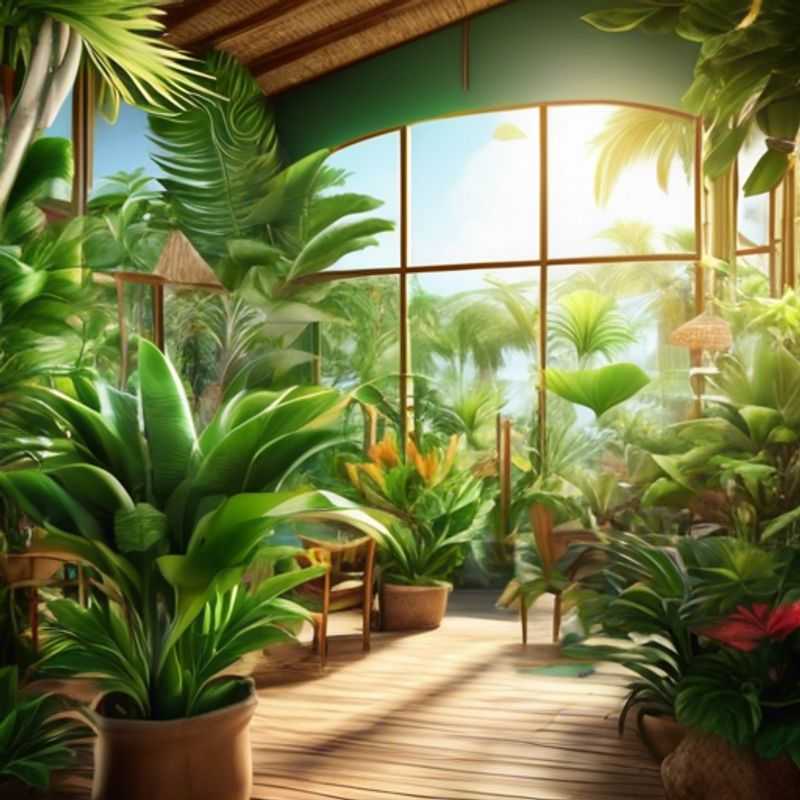
Measure Twice, Plant Once: Choosing the Right Plants for Your Space
When planning your garden, one of the most important things to consider is the amount of space you have available. This will help you choose plants that will thrive in your specific area and won't become overcrowded. It's best to select plants based on their mature size.
Consider the following:
* Small spaces: Choose compact plants like herbs, succulents, and dwarf varieties of trees and shrubs. These plants will add a touch of greenery without taking up too much room.
* Medium spaces: You can have more flexibility with medium-sized spaces. Choose plants that offer different heights and textures to add visual interest. Consider adding a small tree, a few shrubs, and some perennials.
* Large spaces: You have more room to experiment with different plant combinations. Choose a variety of trees, shrubs, perennials, and annuals to create a visually stunning garden. You can even include a water feature or a seating area.
By considering the space you have, you can create a garden that is both beautiful and functional. Remember to also factor in the amount of sunlight your garden receives, as well as the type of soil you have, to ensure that your plants thrive.
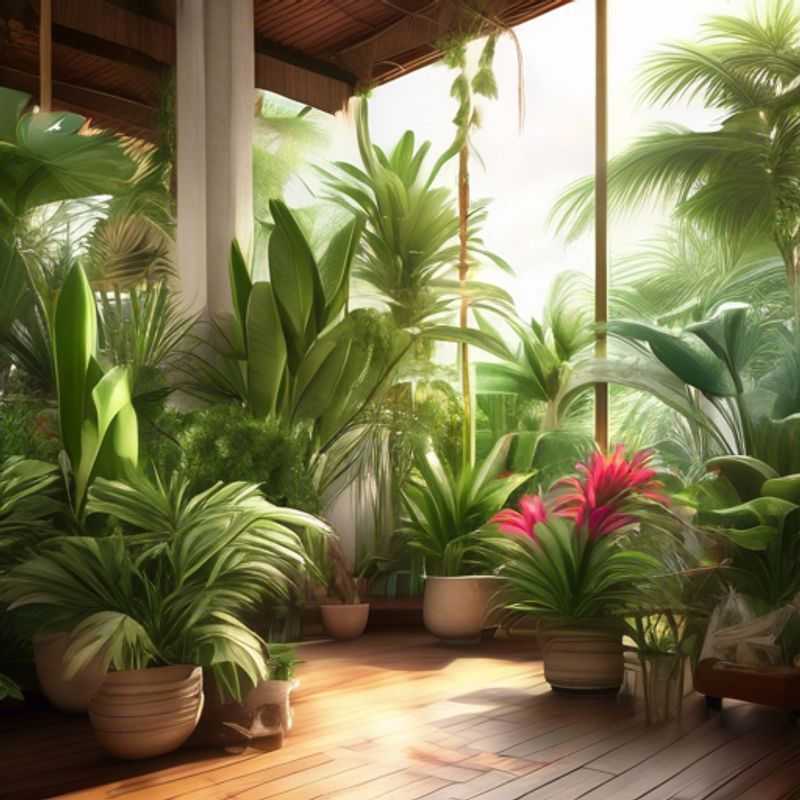
Spotting Trouble: Inspecting Tropical Houseplants for Pests and Disease
Bringing home a new tropical houseplant can be exciting, but taking a moment to check for pests and diseases can save you a lot of trouble down the line. These tiny hitchhikers can spread quickly and affect your other plants.
Start by carefully inspecting the leaves. Look for any discoloration, spots, or holes, which could indicate fungal diseases or insect feeding. Pay attention to the undersides of leaves, where pests often hide.
Examine the stems and branches for any signs of webbing, unusual growths, or insects themselves. Check the soil for any signs of insects or fungus.
Don't be afraid to ask the nursery staff if they have any concerns about the plant's health. They may be able to offer advice on preventing or treating problems.
If you notice any signs of pests or disease, it's best to politely decline the purchase. Remember, your goal is to bring home a healthy plant that will thrive in your home.
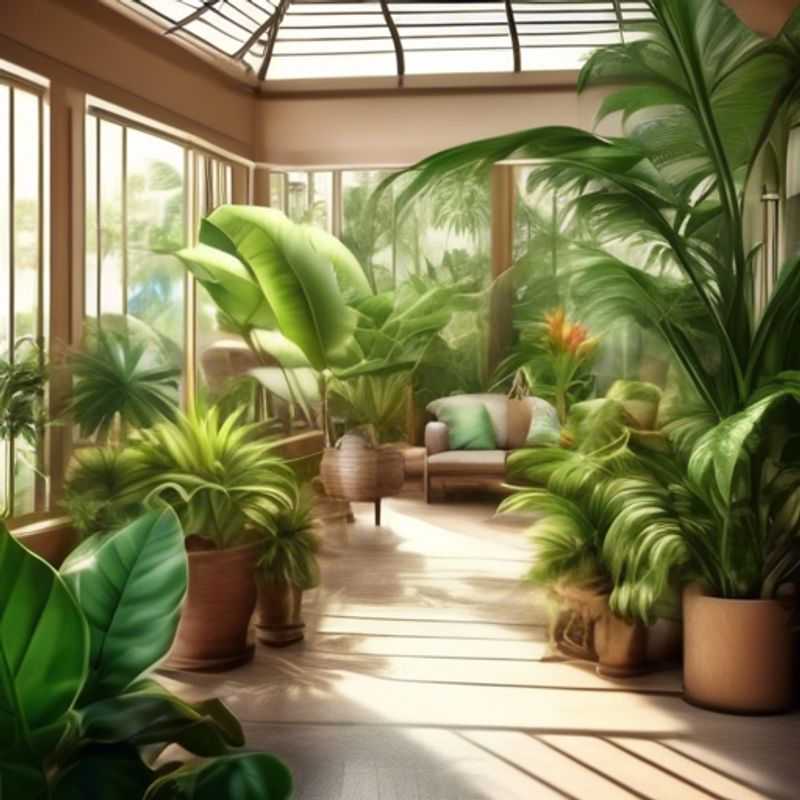
The Golden Trifecta: Sunlight, Water, and Humidity for Thriving Plants
Ensuring your plants thrive requires a balanced approach to sunlight, water, and humidity. Each plant species has unique requirements, so understanding their specific needs is crucial.
Sunlight is fundamental for photosynthesis, the process plants use to produce energy. Different plants need varying levels of sunlight, ranging from full sun to partial shade. Observe your plants' leaves for clues. Yellowing or wilting may indicate insufficient light, while browning or scorching suggests too much.
Water is essential for plant growth, but overwatering can be detrimental. The frequency of watering depends on the plant's type, pot size, and environmental conditions. Allow the top inch of soil to dry between waterings. Check the soil moisture before watering, and don't be afraid to let the soil dry out slightly.
Humidity plays a role in plant health, especially for tropical species. Consider using a humidifier or grouping plants together to create a microclimate. Regular misting can also help increase humidity around your plants.
Pay attention to your plants. Observe their growth, leaf color, and overall health. These visual cues will guide you in adjusting your care routine.
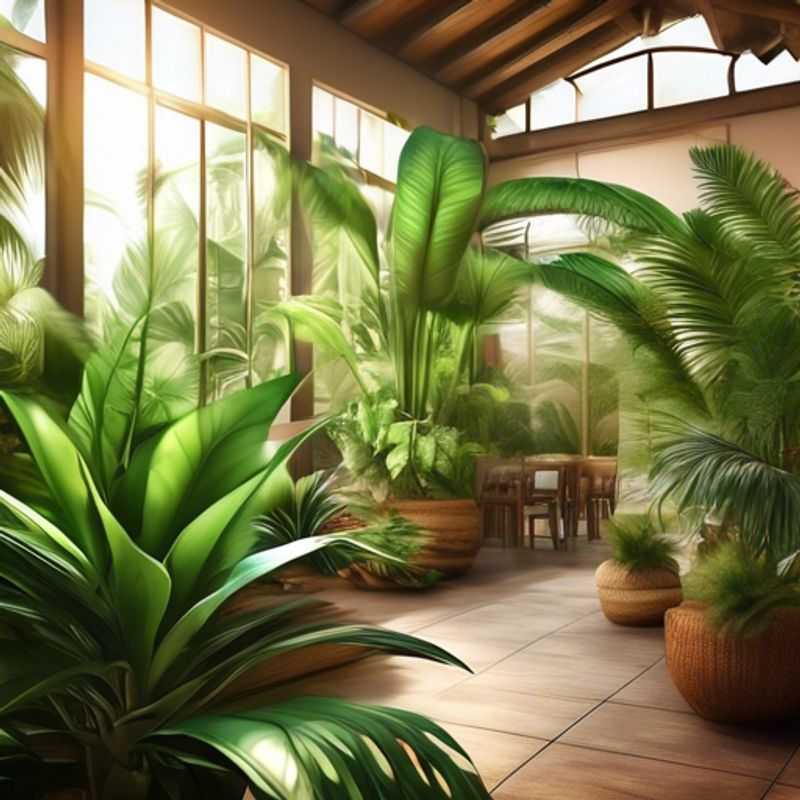
Repotting: A Vital Part of Plant Care as They Thrive
When caring for plants, it's crucial to repot them as they grow and their root systems expand. This process ensures that plants have enough space to thrive, access nutrients, and maintain healthy growth. Typically, you should consider repotting when roots are visibly growing out of the drainage holes or if the plant seems to be growing slowly despite proper care.
To repot effectively, follow these key steps: choose a larger pot that is 1-2 inches wider in diameter than the current one, use fresh potting soil to provide nutrients, and handle the roots gently to minimize damage. Additionally, ensure proper drainage by using pots with holes and consider adding a layer of gravel at the bottom.
It's also important to note potential costs associated with repotting. You may need to purchase new pots, potting soil, and possibly fertilizers for optimal plant health. If you're uncertain about the process, consider seeking advice from local nurseries or hiring a professional for assistance.
In summary, being prepared to repot plants is essential for their growth and longevity. Keeping an eye on root development and understanding the necessary steps and costs will help ensure your plants remain healthy and vibrant.
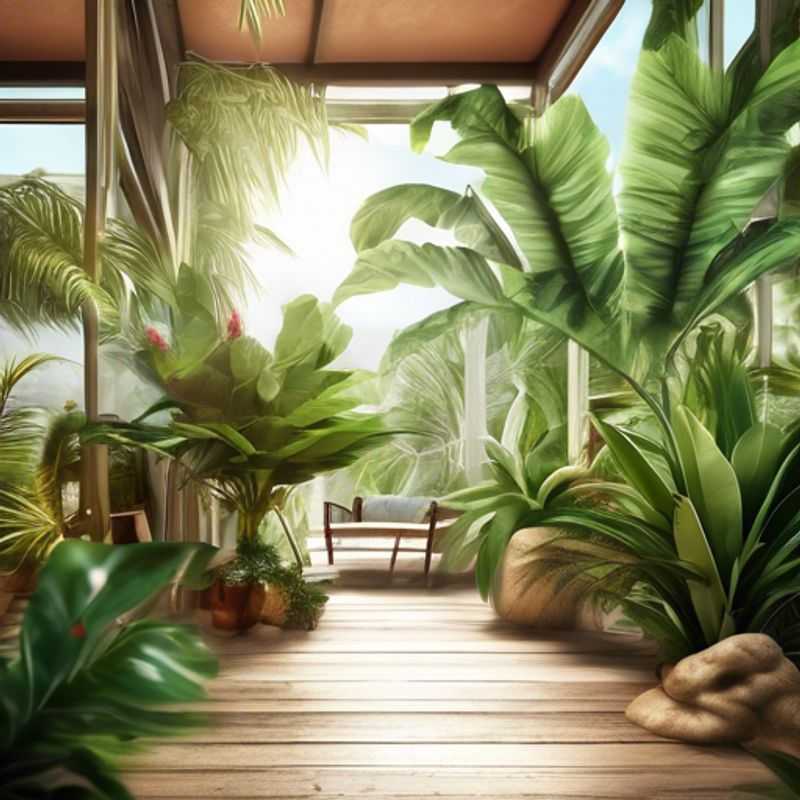
From Jungle to Living Room: Mastering the Art of Pruning and Maintaining Tropical Houseplants
Tropical houseplants add vibrancy and life to your home. But like any living thing, they require care and attention. Pruning and maintenance are essential for ensuring your tropical plants thrive. Here’s a quick guide to help you get started:
Pruning: When it comes to pruning, focus on removing dead, diseased, or damaged leaves and stems. This not only improves the plant’s appearance but also helps direct energy to healthy growth. It is important to use clean and sharp pruning shears for best results and to avoid spreading diseases. Always prune your plants in the spring or summer when they are actively growing.
Maintenance: Keep your tropical plants happy and healthy by providing them with the right light, water, and nutrients. Tropical plants thrive in bright, indirect light, avoid placing them in direct sunlight. Overwatering is a common problem, so allow the soil to dry slightly between waterings. You can also provide your plants with a balanced liquid fertilizer during the growing season. If you're unsure about any specific needs, it’s always a good idea to consult your local nursery or a gardening expert for more detailed information.
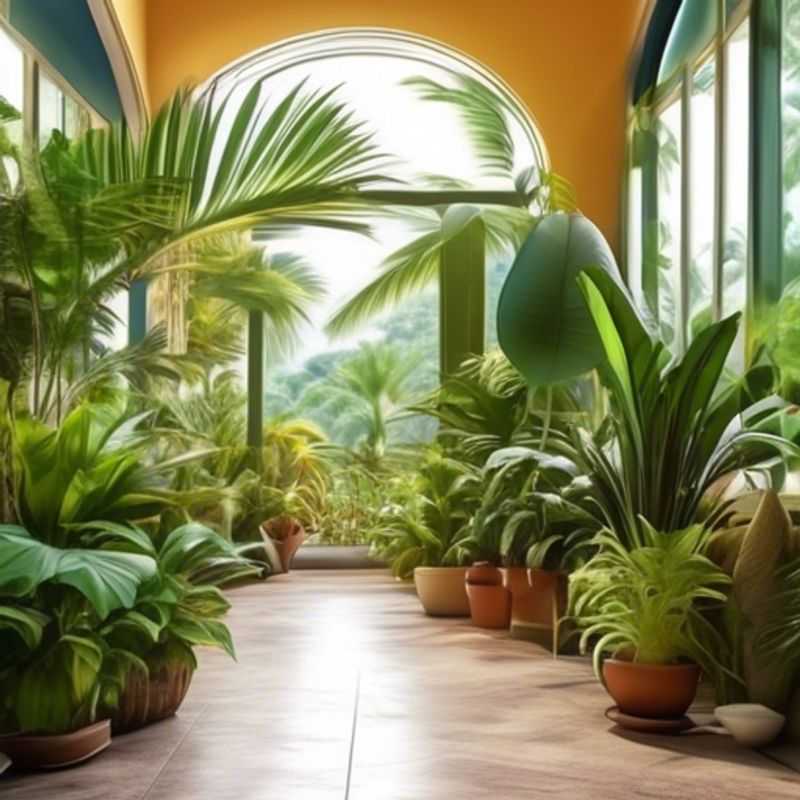
Green Thumbs and Safe Homes: Understanding Toxicity Levels in Tropical Houseplants
Tropical house plants bring a touch of the tropics indoors, but it's crucial to be aware of their potential toxicity to pets and children. Familiarizing yourself with the toxicity levels of popular tropical house plants is essential for ensuring a safe and enjoyable home environment.
Here are some common tropical house plants and their toxicity levels:
Peace Lily (Spathiphyllum): Mildly toxic to pets and humans, causing mouth irritation, vomiting, and diarrhea if ingested.
Philodendron: Toxic to pets and humans, causing similar symptoms as peace lilies, but can also cause skin irritation. There are many varieties of philodendron, so it's best to research the specific one you have.
Dieffenbachia: Highly toxic to pets and humans, causing severe mouth irritation, swelling, and difficulty swallowing. Avoid ingesting and keep out of reach of children and pets.
Pothos (Epipremnum aureum): Toxic to pets and humans, causing mouth irritation, vomiting, and diarrhea. Keep away from pets and children.
ZZ Plant (Zamioculcas zamiifolia): Considered mildly toxic to pets and humans, with similar symptoms to other plants on this list.
Monstera Deliciosa: Toxic to pets and humans, causing similar symptoms as other plants, including mouth irritation and vomiting.
Bird of Paradise (Strelitzia reginae): All parts of the plant are toxic, causing vomiting, diarrhea, and possibly heart problems.
Calla Lily (Zantedeschia): Toxic to pets and humans, causing mouth irritation, vomiting, and diarrhea.
Always consult a veterinarian or poison control center if you suspect your pet or child has ingested a toxic plant.
